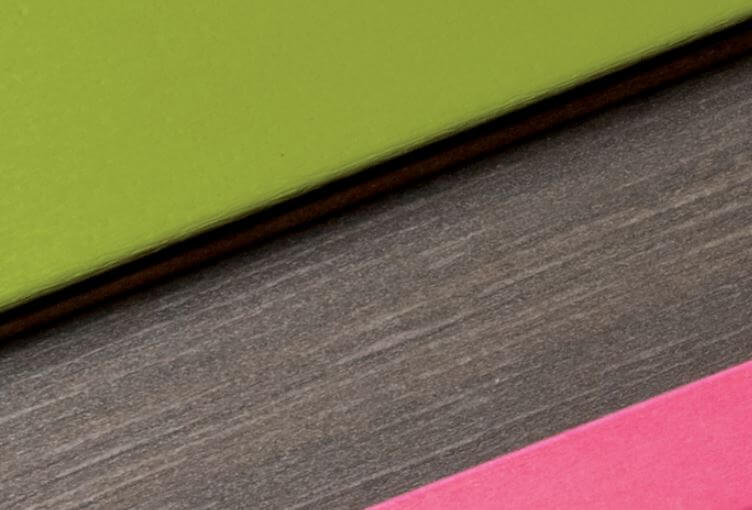LEED v4 Credits and Plastic Lumber

If you run or are part of a business or organization that deals with construction, you may be interested in finding ways to move towards greater sustainability. This can allow you to do your part in helping the environment while also becoming a source of pride for your company. One system that quantifies and encourages efforts toward eco-friendliness in construction is LEED. Find out more about LEED v4 credits and plastic lumber’s ability to help you attain them in this blog post.
What Is LEED?
LEED stands for Leadership in Energy and Environmental Design. It’s a green building rating system with international recognition that the US Green Building Council, or USGBC, created to encourage the expansion of sustainable practices in all kinds of construction projects. LEED provides certification to those organizations that meet the various standards that it has defined for building design, interior design, building operations and maintenance, and more.
There are a few levels of certification that a company can acquire to reflect how extensively it has reached sustainability goals. In order of ascending rank, they include silver, gold, and platinum. The more LEED measures that a project meets, the more credits it obtains. In turn, the more credits a project has, the higher its final LEED certification level is.
LEED v4 Rating System
The LEED rating system has undergone several changes to improve its effectiveness over the years and the current system is called version four, or v4. An example of these updates is a new recognition of energy savings in the form of lowered financial costs and tangible greenhouse gas emissions that a project produces. Overall, the LEED v4 system has broadened the scope of factors that it looks at, rather than focusing exclusively on construction materials as it originally did.
LEED v4 Credits and Plastic Lumber
Plastic lumber is a building material that originates from recycled post-consumer waste, such as laundry detergent bottles and beverage jugs. Manufacturers utilize refined processes to melt down and reconfigure high-density polyethylene (HDPE) into a sturdy form capable of acting in a wide range of outdoor applications. As a result, plastic lumber fulfills credits in the Building Design and Construction category of the LEED v4 rating system. These are the criteria that plastic lumber directly meets:
- Building Life-Cycle Impact Reduction (2-4 credits)
- Plastic lumber is long-lasting, and Tangent will accept it back when it reaches the end of its lifespan to reuse it once again.
- Building Product Disclosure and Optimization: Sourcing of Raw Materials (1 credit)
- When you choose plastic lumber for your projects, your organization can earn a LEED credit for using a material with 95% recycled content.
- Building Product Disclosure and Optimization: Material Ingredients (up to 2 credits)
- Plastic lumber does not contain any chemicals or other substances that are hazardous to the environment.
Contact Tangent to learn more about using our recycled plastic building materials in your future projects as you move toward green practices.












